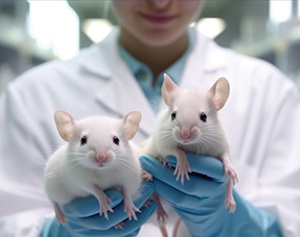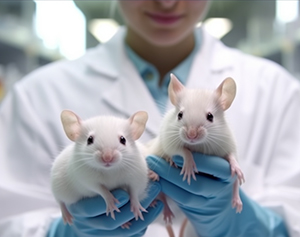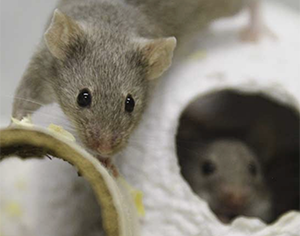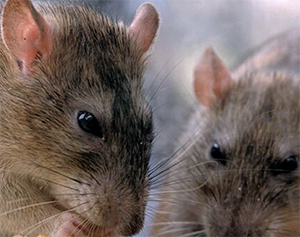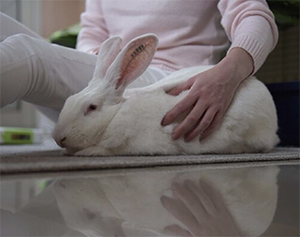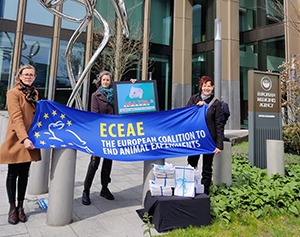The Irish Anti-Vivisection Society (IAVS) is deeply appalled at the latest annual increase in animal suffering in Irish labs. Statistics for the year 2023 reveal 107,873 animal experiments, an increase of 14,934 or 16% compared with 2022.
The figures for the pain and suffering caused by these experiments make for even more worrying reading. There has been a disturbing rise in the number of animals forced to endure ‘severe’ suffering, going up from 13,212 to 19,816, an increase of 6,604 or almost 50%.


